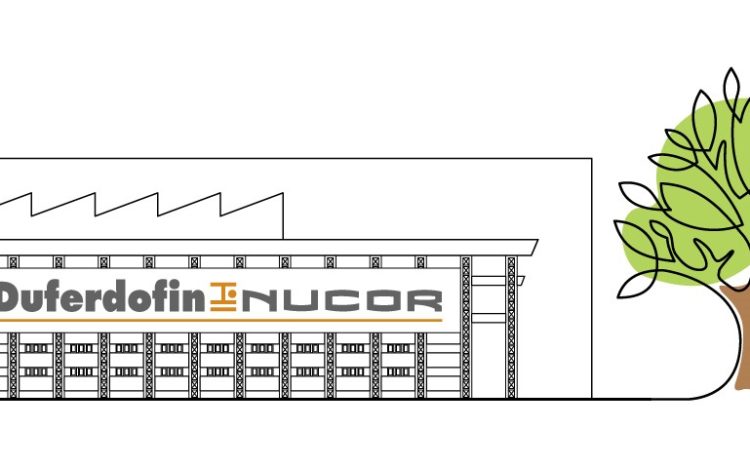Someday, not so far in the future, the commercial director of a steel company will present to their customers
sustainable-related topics and themes before speaking of product and prices.
In many markets and industries aboard this is already true: the topics concerning
environmental sustainability of products and process often means more than price list. Indeed, in context characterized by an always more fierce business competition it’s getting more clear year after year that economic stability, proactive attention to
sustainable management and
social protection, transparency and good relationships with communities and stakeholders are more remunerative in the mid and long term.
The companies that have already gathered data and information and realized specific interventions to improve their impact on the sustainable development have a better chance to take advantage of the growing wave that is transforming the manufacturing business. Soon, this will allow them to turn a profit of all the years dedicated to
monitoring and
definition of sustainable strategies. International authorities as the
World Steel Association have long since assessed and insisted on the fact that this is the only way to keep a strong and winning position on the global market, now and in the future.

Measuring and clearly communicating the sustainable strategies planned and deployed in the companies, in compliance with United Nations’ Sustainable Development Goals 2030, highlights to the stakeholders the commitment to invest in a business plan finalized on the long term and prove to be clearly focused on the company’s position in 2050 or 2070.
In order to develop a really sustainable company, it is essential to analyze in depth the whole productive chain, helped by an expert on the themes of circular economy and integrated sustainability. Only with these tools, indeed, it is possible to measure the relative impact of every step of the productive cycle and optimize the entire process: reducing consumption of natural sources, recovering waste, reusing byproducts, making processes more efficient and measuring the social impact of the activity on the local community and on the stakeholder’s group.
The Steel 4 Rs

The start for a real change of method is, firstly, the collection of
quantitative data and
measures realized with clear and defined technique complying with standard protocol like the GRI (
Global Reporting Initiative). These indeed allow to examine the time series, ease the comparison between different business system and similar production and enable the review and validation by an independent institution.
Facing this challenge to rethink the productive chain in terms of circular economy, the
steel industry is in a favorable position: indeed, it has always been characterized by a
circular structure and features a
temporal cycle that can be easily compared to the unit used by the expert of sustainable economy to measure the social and environmental effects of the economic system. Steel is used in many infrastructures and public works, long-lasting goods and objects which are used for decades before being abandoned, reused and recycled. Therefore, experts look at the steel industry as a benchmark in the
development of
circular and
sustainable solutions.
As much essential, though less immediate, is the
progressive decarbonization of an energy intensive industry. The conscious selection of the sources, the cut of the emission, the optimization of the productive cycle and the reuse of by-products and waste to start new processes are the key choices to realize a
gradual reduction of CO2 emissions. From a technological point, the available solutions are always more efficient toward the final goal of zero emission. However, in order to reach the 2030 Sustainable Development Goal set by the United Nation, the steel industry needs to adopt these solution now.This is the only available way to contain the climate change.




